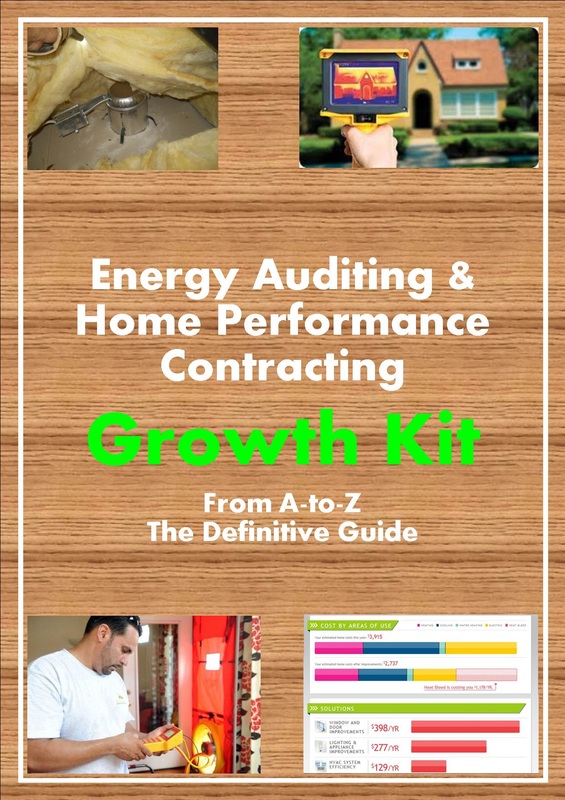How To Pick A HERS Rater Training Center
FREE HERS RATER PRACTICE EXAMPUT YOUR HOME PERFORMANCE BUSINESS ON ROCKET FUEL |
There are several paths here, each is only as good as you are dedicated to learning the material.
The key with any training center you choose is to be engaged and ask questions. An ideal training center would have an instructor that has gotten dirty and climbed in attics day-in-and-day-out. A good training center will also have a well equipped field lab where you can use a combustion analyzer, blower door and infrared camera. Finally an ideal training center will have an instructor that cares that you understand the material and that you pass the exam. Next Section |
ENERGY AUDITOR NEWSLETTERGet the only Energy Auditor Marketing Newsletter with monthly strategies and tactics to grow your home performance business.
|


